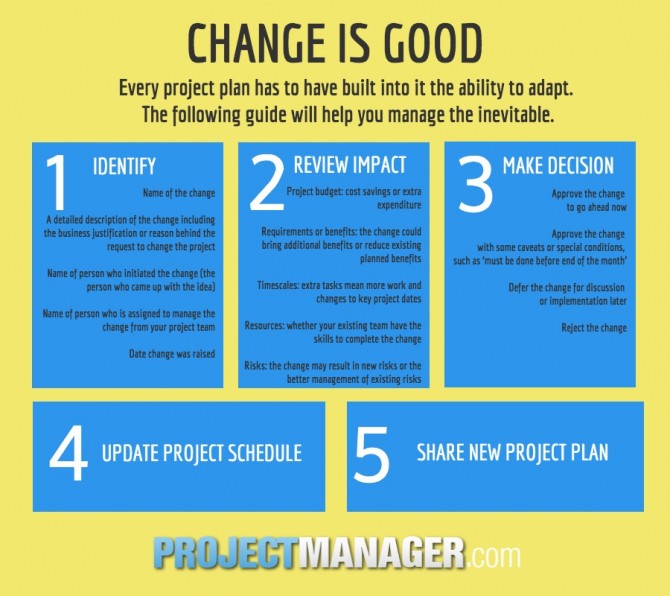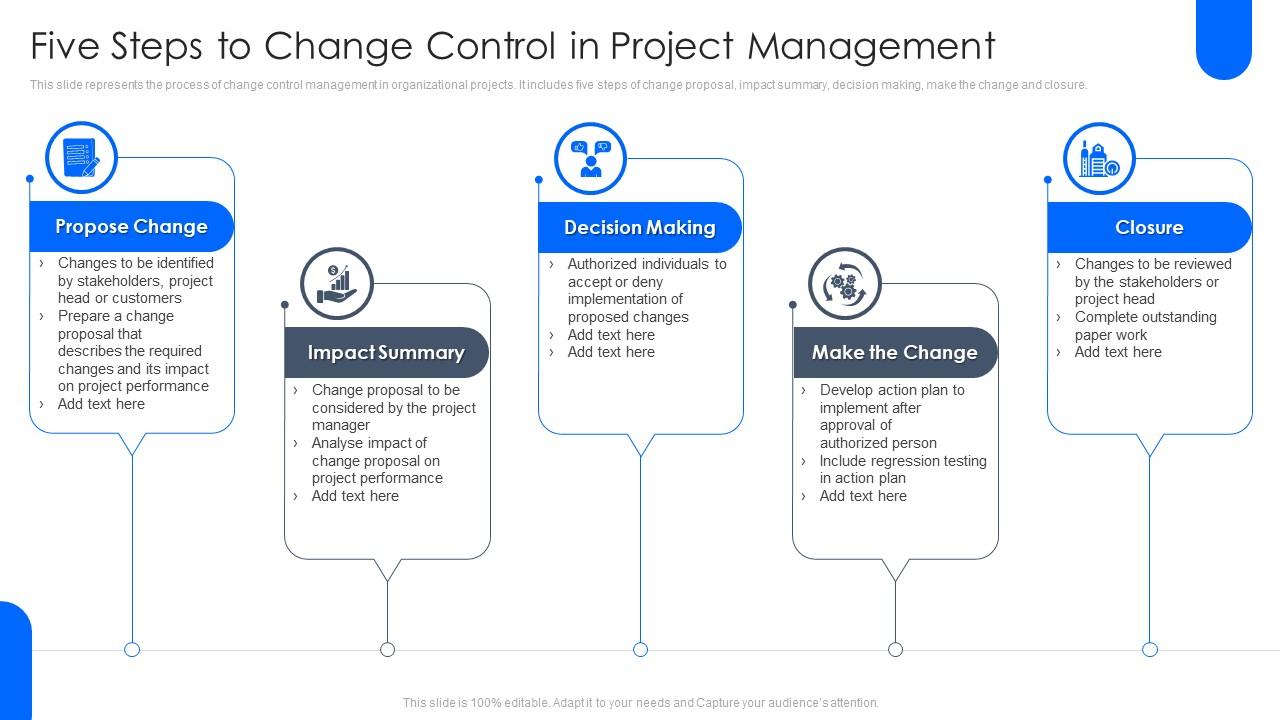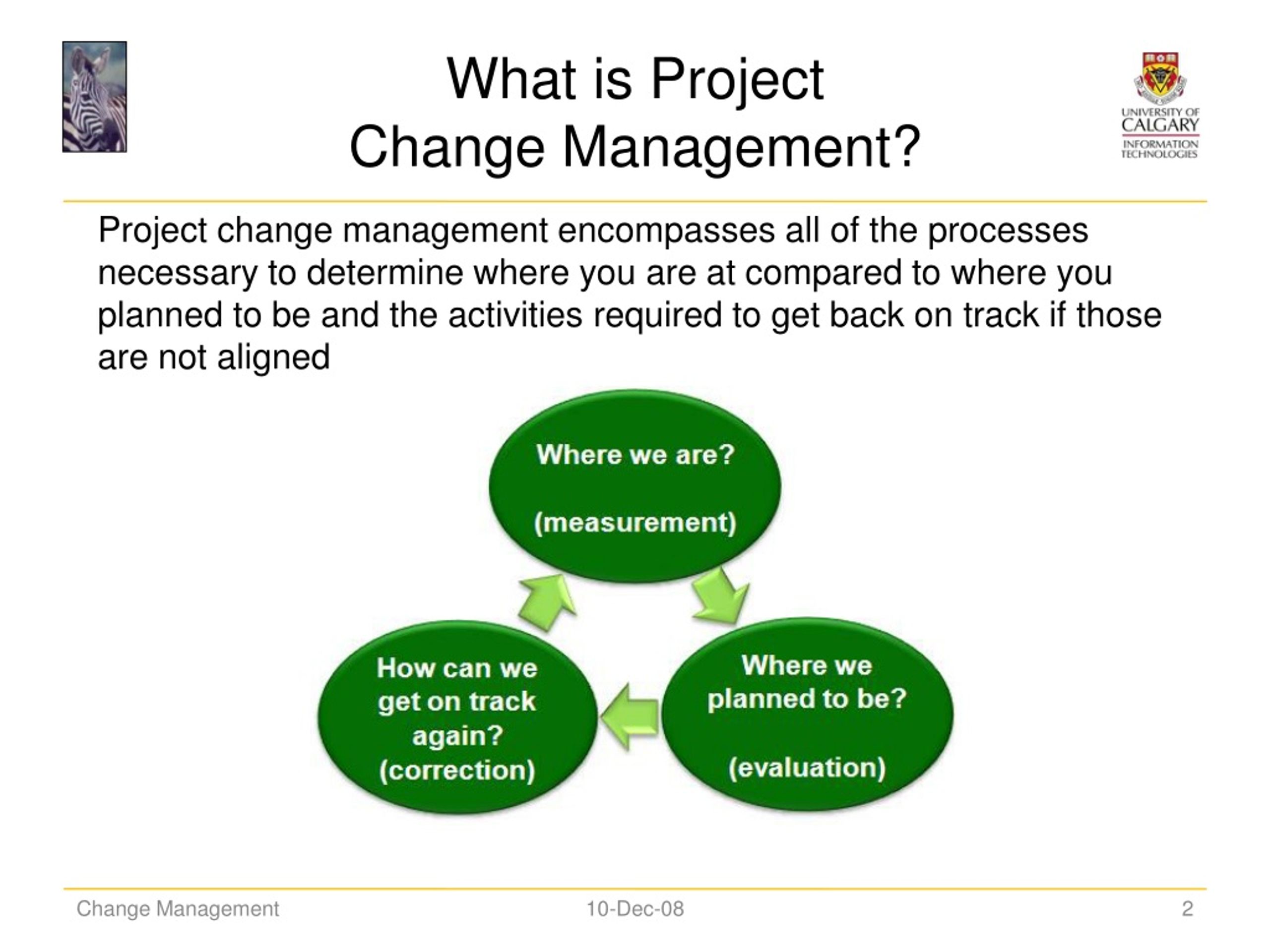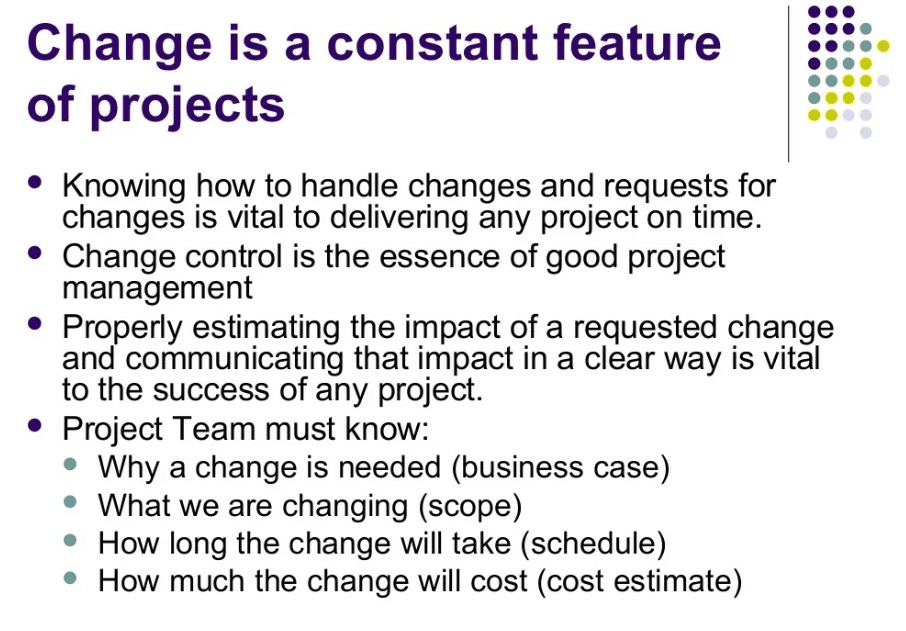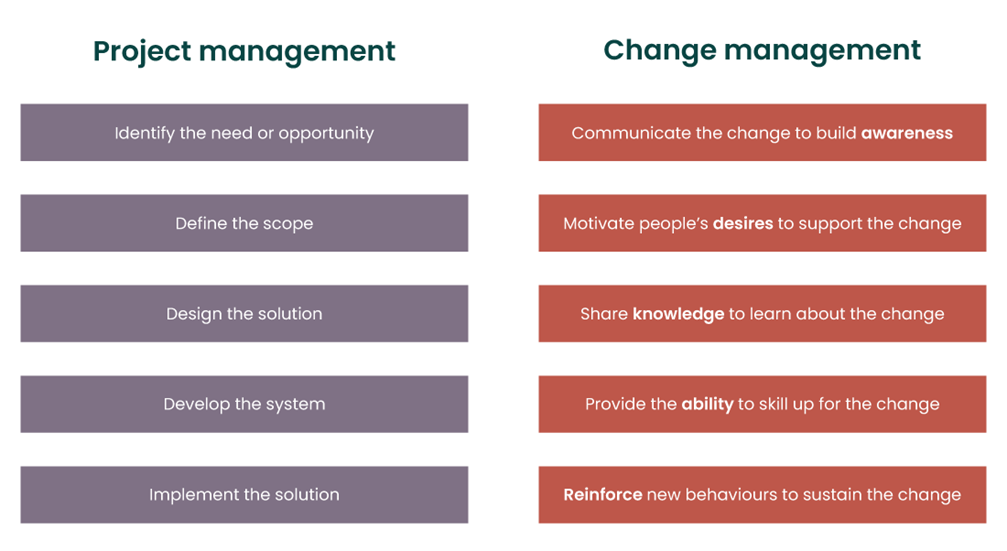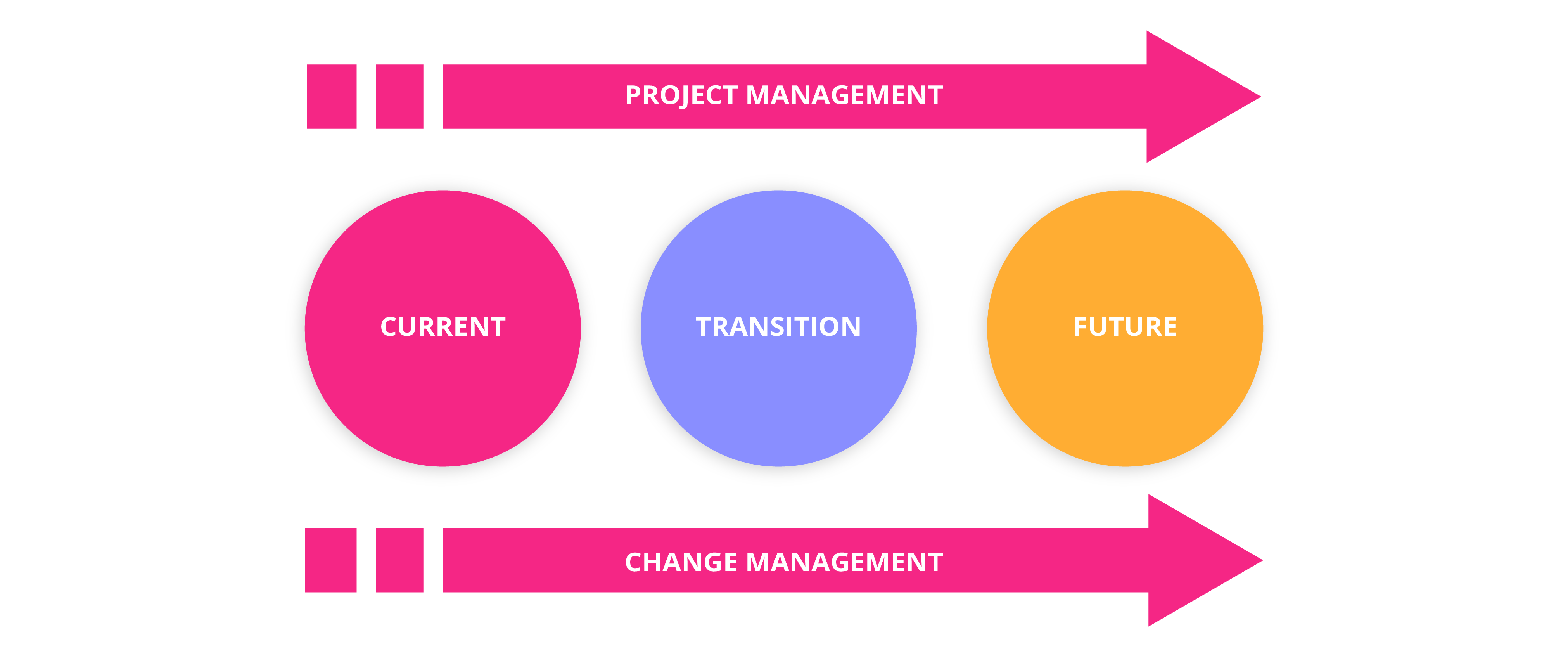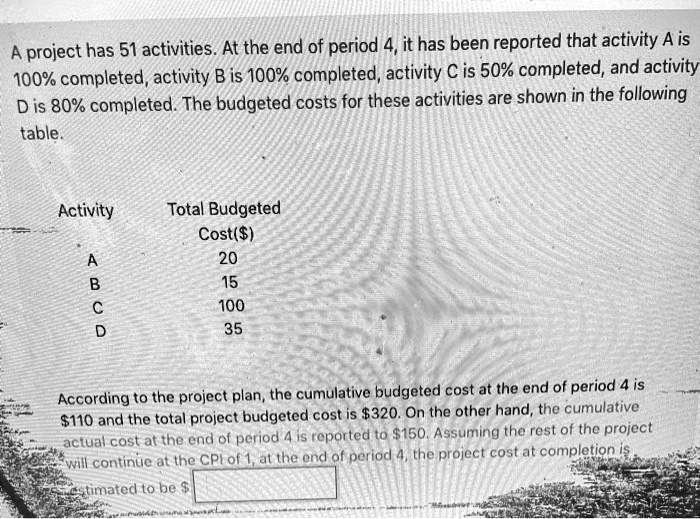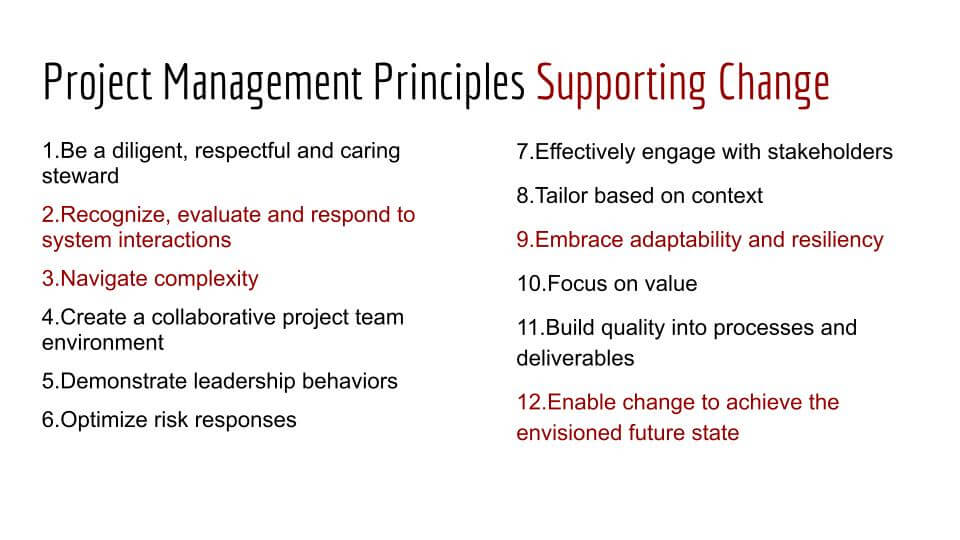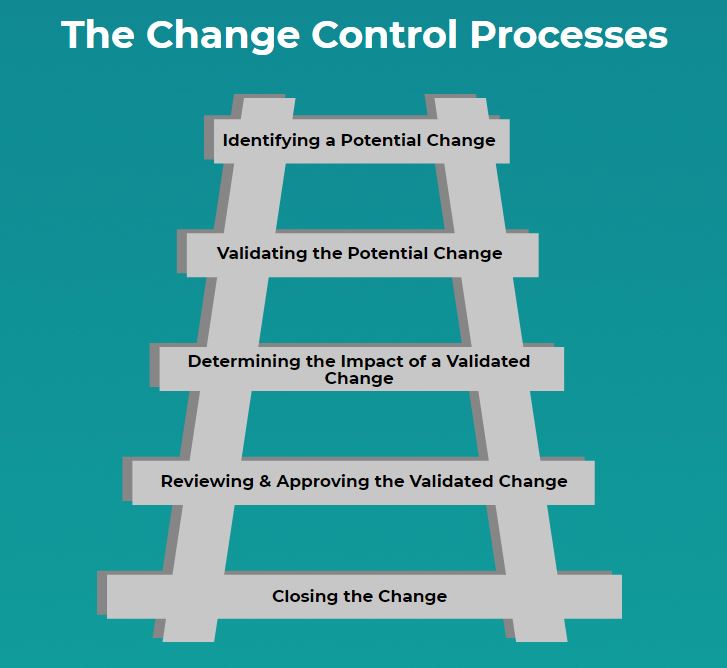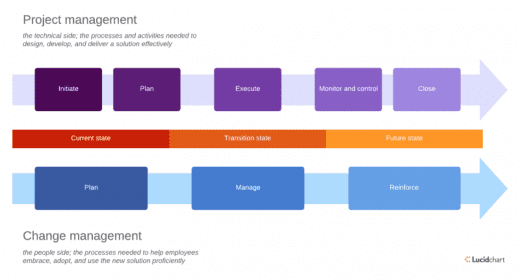Which Of The Following Is True About Project Changes
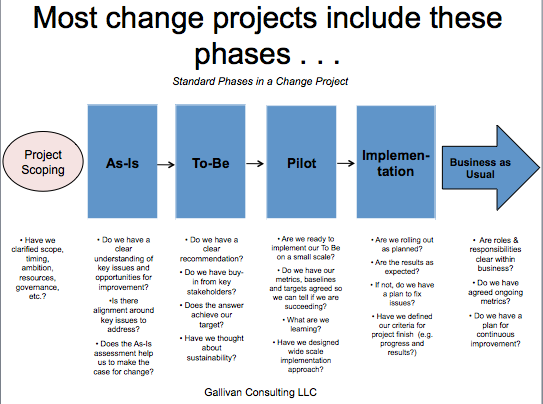
Imagine you're meticulously crafting a ship in a bottle, each tiny detail painstakingly placed. Suddenly, a wave crashes – not literally, of course, but in the form of a project change request. Perhaps the bottle needs to be bigger, or the ship needs different sails. The challenge is navigating these unexpected shifts without capsizing the whole endeavor.
Understanding the nature and impact of project changes is crucial for anyone involved in managing or participating in projects, regardless of their size or complexity. This article delves into the question: Which of the following is true about project changes?, exploring the common misconceptions, best practices, and real-world implications of altering a project's course.
The Inevitable Reality of Project Changes
Projects, by their very nature, are endeavors undertaken in environments that are often unpredictable. Market conditions shift, technologies evolve, and stakeholder needs change. Recognizing that project changes are almost inevitable is the first step toward managing them effectively.
Ignoring this reality can be detrimental. It leads to rigidity, frustration, and ultimately, project failure. Instead, a proactive approach that anticipates and plans for changes is far more conducive to success.
Common Misconceptions About Project Changes
One common misconception is that all project changes are negative. While some changes may lead to delays or increased costs, others can actually improve the project's outcome by adapting to new information or opportunities.
Another misconception is that project changes should be avoided at all costs. This rigid approach often leads to missed opportunities and a failure to deliver a solution that truly meets the evolving needs of the stakeholders.
Finally, some believe that small changes don't matter. However, even seemingly minor alterations can have a ripple effect throughout the project, impacting timelines, resources, and ultimately, the final deliverable.
Understanding the Change Management Process
A well-defined change management process is essential for effectively handling project changes. This process typically involves several key steps, starting with identifying the need for change.
Next, the potential impact of the proposed change needs to be carefully assessed. This assessment should consider factors such as scope, schedule, cost, and resource requirements.
Once the impact has been assessed, the change request needs to be reviewed and approved by the appropriate stakeholders. This step ensures that the change is aligned with the overall project objectives and that the necessary resources are available.
Key Principles of Effective Change Management
Transparency is crucial. All stakeholders should be kept informed about proposed changes and their potential impact. Open communication fosters trust and collaboration.
Documentation is equally important. All change requests, assessments, and approvals should be thoroughly documented to provide a clear audit trail and facilitate informed decision-making.
Flexibility is also key. While a structured process is important, it's also necessary to be adaptable and willing to adjust the process as needed to meet the specific needs of the project.
The Role of Stakeholders in Change Management
Stakeholders play a vital role in the change management process. Their input and feedback are essential for ensuring that changes are aligned with their needs and expectations. Stakeholder engagement should be a continuous process throughout the project lifecycle.
Project managers need to effectively communicate with stakeholders, keeping them informed of any proposed changes and soliciting their input. This collaborative approach helps to build consensus and minimize resistance to change.
Ultimately, the success of a project depends on the collective effort of all stakeholders. By working together, they can navigate changes effectively and deliver a solution that truly meets the needs of the organization.
Real-World Examples of Project Change
Consider a software development project. Halfway through, a competitor launches a new feature that significantly impacts market demand. The project team must decide whether to incorporate a similar feature, potentially delaying the launch but increasing competitiveness.
Another example could be a construction project. Unexpected soil conditions are discovered, requiring a change to the foundation design. This change impacts material costs and construction timelines, requiring a thorough risk assessment and stakeholder consultation.
These examples illustrate the unpredictable nature of projects and the importance of having a robust change management process in place. It's important to remember that change management is not about preventing change, but about managing it effectively.
"The only constant is change." - Heraclitus
The Impact of Poor Change Management
Poor change management can have significant negative consequences. Scope creep, where the project gradually expands beyond its original objectives, is a common problem.
Cost overruns and schedule delays are also common outcomes of poorly managed changes. These issues can lead to frustration, conflict, and ultimately, project failure.
Furthermore, poorly managed changes can damage stakeholder relationships and erode trust. This can have long-term consequences for the organization's reputation and future projects.
Best Practices for Managing Project Changes
Establish a clear change management process from the outset of the project. This process should be well-documented and communicated to all stakeholders.
Use a change request form to formally document all proposed changes. This form should include details such as the description of the change, the rationale for the change, and the potential impact of the change.
Conduct a thorough impact assessment for each proposed change. This assessment should consider factors such as scope, schedule, cost, and resource requirements. Involve key stakeholders in this process.
Establish a change control board (CCB) to review and approve change requests. The CCB should be composed of representatives from key stakeholder groups. Clearly define the CCB’s authority and responsibilities.
Track and monitor all approved changes. This tracking should include details such as the status of the change, the impact of the change, and any associated risks. Ensure that all documentation is kept up-to-date.
Looking Ahead: Embracing Change as an Opportunity
In today's rapidly changing world, the ability to effectively manage project changes is more important than ever. Organizations that embrace change as an opportunity, rather than a threat, are more likely to succeed.
By implementing a robust change management process, fostering open communication, and engaging stakeholders effectively, organizations can navigate the inevitable changes that arise during projects and deliver successful outcomes.
Ultimately, managing project changes is about creating a culture of adaptability and resilience. It's about recognizing that change is a constant and that by embracing it, we can unlock new opportunities and achieve greater success.
